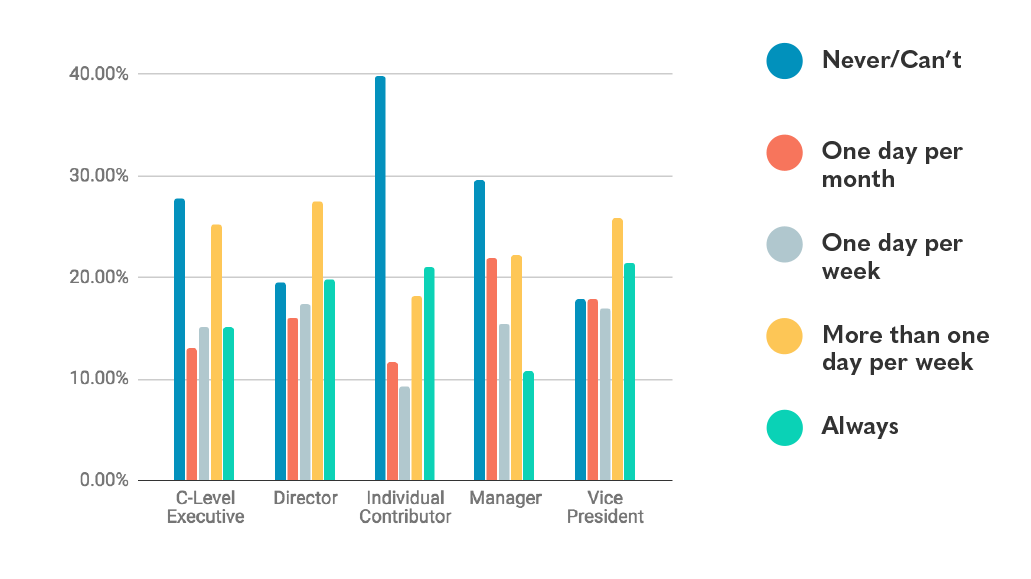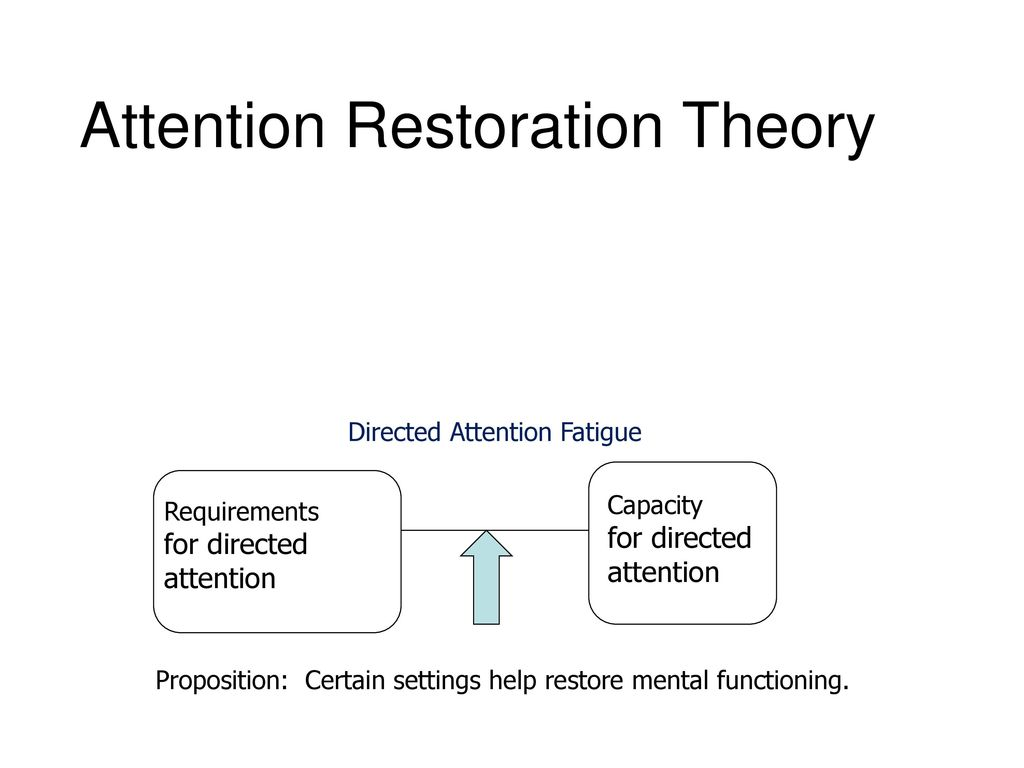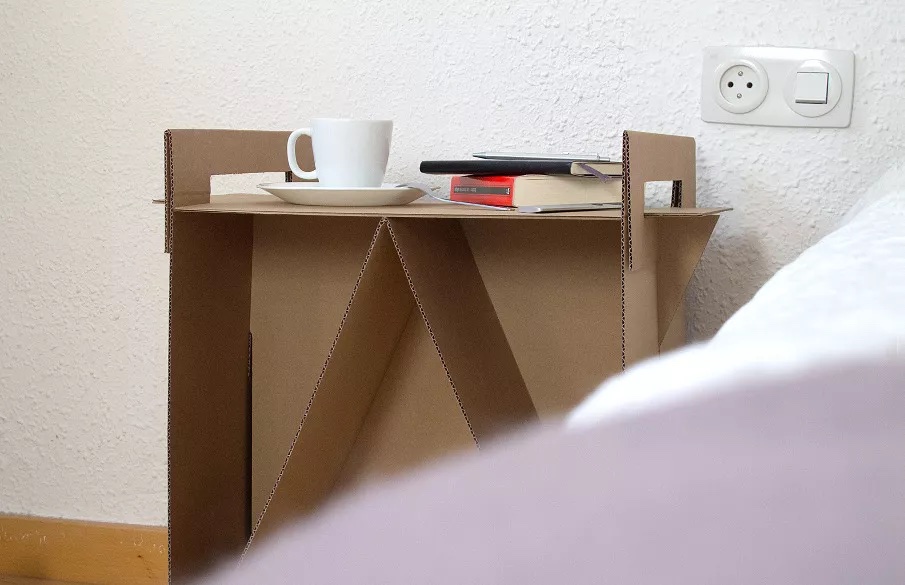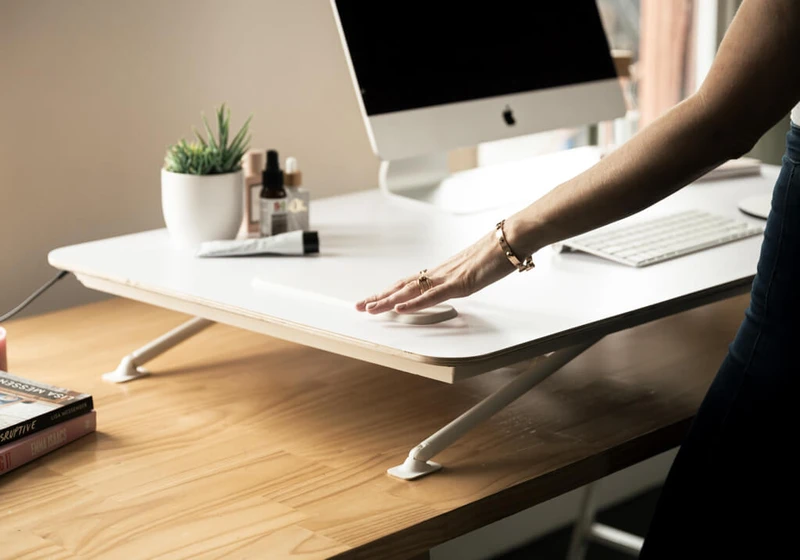How to create a simple workspace in your home

Given the current health crisis our civilisation stands in solidarity against, 2020 has seen a growing interest surrounding working from home and optimising productivity within the at-home environment. Recent research carried out by Review42 shows that 52% of sedentary global employees work from home at least once a week, if not more, due to the pandemic. This implies that working a sedentary job external to the home is declining in demand and may face extinction. Designing a simple workspace within the home also necessitates understanding that the process requires trial and error, whereby you switch designs around until you allocate one that works for your body and mind. One size does not fit all in terms of a career, nor does it in terms of a workspace. As an online office, we plan to share credited advice surrounding how to design a simple workspace within the home — which will assure comfort psychologically and physically!

Choosing a designated space near a window, with a serene level of noise
Our first piece of advice is to prioritise natural light and natural restoration, if accessible, when designing your home office. According to the 1995 Attention Restoration Theory by Kaplan, attending to nature or engaging with nature can reduce the risk of mental fatigue. Having minimal exposure to a natural environment also boosts our directed attention capacity, which allows us to focus on our work-related tasks harder and for longer durations. If a window is not accessible within proximity to your workspace, we recommend scheduling micro breaks throughout the day that allow you to engage with nature (such as walks, nature documentaries, or simply gazing out a window while contemplating). You could also decorate your workspace with flowers, plants, or pictures of natural scenery.

It also goes without saying that a quiet or meditative space is usually essential for optimised work performance. If lack of background noise is not realistic due to children, housemates or construction, it may prove useful to invest in a budget friendly pair of earphones. When adhering to the Mozart Effect, listening to classical music can also enhance concentration if silence is not an option.
Multiuse home items for home office equipment
It can prove difficult to design a space at home designated to working when we lack the appropriate equipment. However, by making use of at-home equipment that we already have, we are killing two birds with one stone. We are setting a creative task, which releases dopamine, and we save money by not purchasing fancy desks or chairs. According to several sources, including a study carried out by the Karolinska Institute, engaging in creative tasks triggers the release of dopamine, hence improving our concentration and productivity. So, by even simply designing your home office, you can potentially maximise work outcome.
Our first suggestion for usage of at home equipment is to create a desk out of books or boxes. If you are reluctant to invest in a first-hand or second-hand desk, boxes can prove useful to bring your computer or work equipment to eye level. According to The Spruce, it is also relatively simple to create desk and chair shaped furniture using home materials such as cardboard, paper, grocery bags and plastic.

Our second suggestion relates to a comfortable sitting position. Many people may use basic kitchen chairs, cushions or the floor to create their workspace if they don’t have access to a swivel chair. However, when we sit for a long period of time hunched over, our lack of correct posture puts strain on our vertebral disks. According to Healthline, this can also be worsened by underlying medical issues, so we always recommend a doctor’s visit if you have a need for concern. In order to prevent vertebral strain or irritation, it is necessary to ensure your posture is kept straight when sitting for most of the day. You can do this by either sitting against a straight surface, such as a wall or chair back, or against a soft surface such as a pillow or rolled up blanket.
Another solution for prevention of back pain within a home office is investing in or creating a standing desk. According to recent research, standing desks have grown in popularity in recent years due to the increase in back pain problems and motivation — or lack thereof. If a standing desk investment is not within your budget, we recommend trying to use an eye level surface within the home — such as a counter, windowsill, fire mantel-piece or dresser.

Allocate a space to keep a work calendar or journal
We also advise investing in an affordable calendar or journal to keep in your workspace, in order to prevent reward deficiency symptoms. Dopamine, the concentration neurotransmitter, is released when we tick off a day or a relevant work task. A study done by Masicampo and Baumeister in 2011concluded that when humans avail of written plan making and pursuit, we increase our ability to multi-task and reach our goals. As a dopamine ‘hit’ or release can help optimise concentration, hence optimising productivity, we advise boosting satisfaction by means of writing.
A calendar may also prove helpful in terms of workplace ‘separation’ mentality, when finishing work for the day. When we physically cross an entire day off on a calendar, we are allowing ourselves to psychologically detach and to effectively switch to relaxation mode. It also allows us to maximise excitement, as we can count down the days to our next holiday or day off.
The final workspace addition we recommend is an online office — such as Workee! Due to our free access, simple layout, and inclusive features, our platform is designed to be the final touch your 2021 home office needs. By making use of an online office, you can maximise comfort, simplicity, and convenience within the at-home workspace. Check out our website to find out more.


